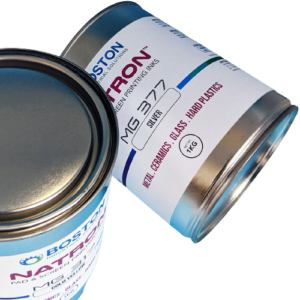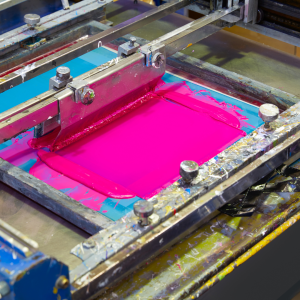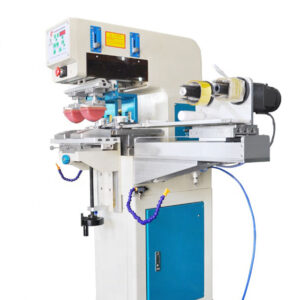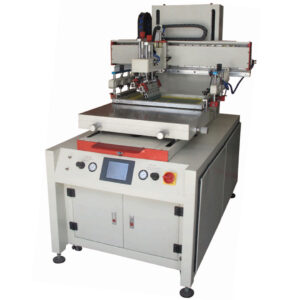Silicone printing on fabric, also known as silicone textile printing, uses silicone textile inks to revolutionize the apparel and fashion industries. Silicone screen printing inks have unique properties compared to traditional plastisol inks. These unique properties enhance the prints on fabrics. Let us review the importance of silicone inks in textile printing. We will explore in detail the role and advantages of these inks and their influence in the fashion industry.
The role of silicone screen printing inks in textile printing
Many t-shirt printing shops shy away from silicone because of the “myth” that it is expensive and requires special skills to print. This is far from the truth. It is also very important to understand these inks so that they can help printers unveil new avenues for growth and profitability.
Silicone materials form the basis of silicone inks. These inks play a very important role in the textile industry. Additionally, they offer unparalleled versatility and finish quality that is unmatched by plastisol inks.
These inks are not only known for their excellent color vibrancy but also for their durability and fading resistance, even under extremely harsh conditions. Additionally, these inks are lighter in weight, sustainable, non-toxic, and eco-friendly in nature, features not commonly associated with plastisol inks.
Features
There are many reasons why screen-printing shops and apparel manufacturers should consider silicone printing on fabric. These screen-printing inks exhibit high elasticity, resist cracking, and fade irrespective of the environment. Additionally, these inks are water-resistant—an advantage in outdoor apparel. Soft hand touch is another characteristic that distinguishes these inks from plastisol. The prints look and feel luxurious.
For sensitive skin, these are the perfect inks to use because of their hypoallergenic properties. These properties make silicone inks perfect for children’s clothing as well as undergarment wear.
Lastly, silicone inks dry faster and at lower temperatures compared to plastisol. This not only saves energy but also enables decorators to print on polyester and heat-sensitive fabrics.
Printing applications
Silicone printing on fabric enhances both functional characteristics and style. In sportswear, silicone ink offers beautiful breathability, sweat resistance, and flexibility, which are important for athletic performance.
The fashion industry, on the other hand, uses these inks for aesthetics and durability. It is possible to print both regular and 3D (embossed and debossed) prints. Additionally, these inks are perfect for high-end designer wear. Note that while the look of silicone print is expensive, the actual cost is comparable to that of plastisol ink.
Safety is another advantage of these inks. They have low VOC and are skin contact-safe, which makes them ideal for use in hospitals, the military, and children’s applications.
Silicone screen printing inks can adhere to many types of fabrics. These inks, once they cure, can withstand rigorous use. They do not crack or fade, and they are able to withstand very high temperatures without degrading. These make them perfect to print any type of fabric—cotton, polyesters, polyblends, etc. Applications for these inks include sportswear, outdoor gear, children’s clothing, socks, etc.
The importance of silicone printing on fabrics
Silicone adds depth, texture, vibrancy, safety, and durability to garments. These screen-printing inks compatibility with current fashion trends and sustainability goals position silicone as an important ink for future-proofing the textile industry. For designers and printers looking to show innovation, silicone inks are the go-to inks. These inks not only show innovation, but they also enhance printers’ creativity.
Where can I purchase silicone inks?
Boston Industrial Solutions, Inc., is the only place to buy silicone inks. We make and offer various types of silicone inks. These include:
- Screen printing silicone inks for textiles.
- Silicone screen printing inks for rubber
- Inks for socks
- Inks for dipping silicone shoes, laces, etc.
If you have any questions about silicone inks, please contact us today or visit our support hub or our YouTube channel to learn more about our printing inks.









